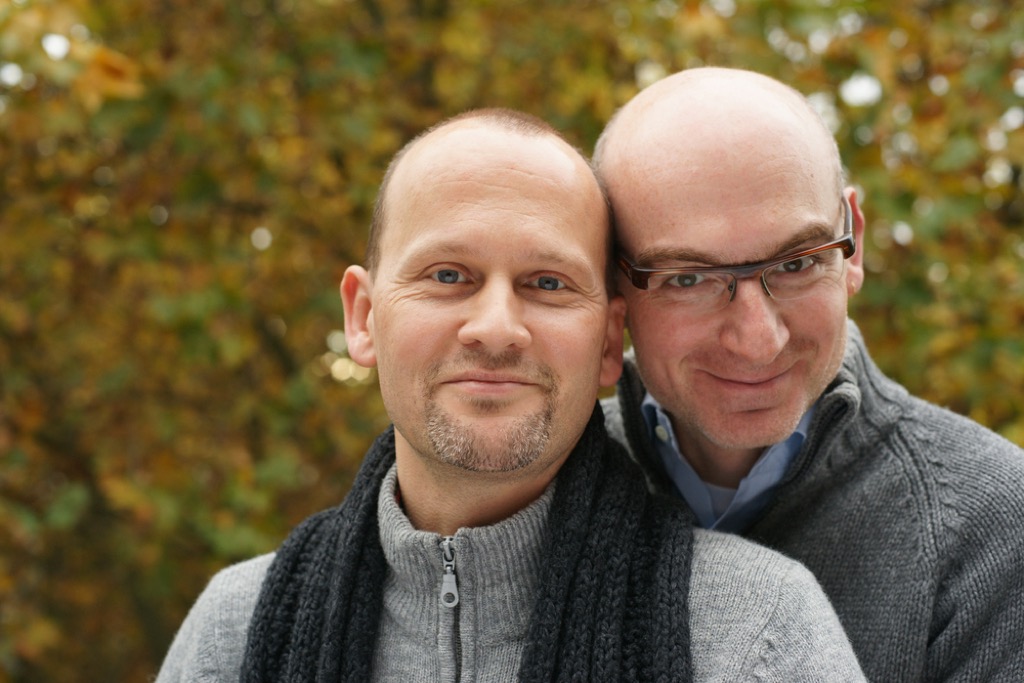The researchers behind the SHIFT study examined a group of about 800 adults in England, Belgium, and the Netherlands. And, according to CNN, they found that “major changes” in sexual behavior in recent years have resulted in an increase in the number of sexually active older people, “but many barely consider the possibility of STIs.” The researchers were also able to shed light on the issues that likely created the problem to begin with. Read on to find out what the report revealed, and for more on sex and relationships, check out This Is the Age When Married Men Are Most Likely to Cheat. Read the original article on Best Life. The researchers point out that societal issues prevent middle-aged people from easily accessing the type of information or resources needed to keep themselves safe. “Over-45s at most risk are generally those entering new relationships after a period of monogamy, often post-menopause, when pregnancy is no longer a consideration, but give little thought to STIs,” Ian Tyndall, senior lecturer at the University of Chichester in the U.K., which is affiliated with the project, said in a statement. And for more on getting comfortable with the taboo topic, find out Exactly How Often You Should Talk About Sex With Your Partner. The study also found that shame and social stigma were a major reason that older adults were less likely to seek treatment, education, or assistance when it comes to STIs. Partly, this is because it’s common practice for the medical community to think there’s less risk posed to people that many doctors assume aren’t engaging with new romantic partners. “A big barrier to people accessing services is societal stigma, and assumptions that older people are asexual and that sex is no longer part of their lives. This really limits the awareness of sexual health services among this group,” Tess Hartland, research assistant with the SHIFT project, told CNN. And for more health facts you should get straight, here are the 30 Worst Women’s Health Myths That Won’t Die. Some of the lack of knowledge among those over 45 may be because those people received limited access to sex education during their younger years and are less comfortable with the topic of sex generally.ae0fcc31ae342fd3a1346ebb1f342fcb “A lot of services and sexual health promotion is really tailored towards young people,” Hartland told CNN. “A lot of respondents preferred to go to their [general physician] or their doctor rather than a specific sexual health service. This means these doctors don’t necessarily have a specialism in sexual health. Of course, it’s quite a sensitive subject and it can be quite difficult to raise, as a health professional, to someone who is over 45,” she explained. And for more tips and facts about your sexual health, sign up for our daily newsletter. The report didn’t just find that being middle-aged put someone at a higher likelihood of catching an STI. It also found that those at a socioeconomic disadvantage were most likely to contract an infection. “Homeless people, sex workers, non-native language speakers, and migrants, are at even greater risk of being unaware of their sexual health and unable to access the appropriate services,” Ruth Lowry, a researcher on the project from the University of Essex in the U.K., said in a statement. And for more on keeping your love life happy and healthy, here are 50 Ways to Have a Healthy Sex Life After 40.



